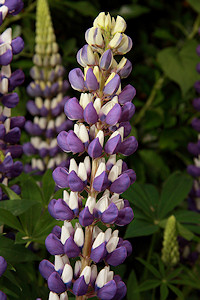Choosing The Best Plants For Your Garden
Author: George Hapgood
 Excited,
that’s how you felt when you saw that space in your backyard. And you bought
some plants, but without even considering first what kind of soil you have
at your garden, or perhaps, without planning carefully what kind of plants
will survive. Now your garden is a mess. Think it over.
Excited,
that’s how you felt when you saw that space in your backyard. And you bought
some plants, but without even considering first what kind of soil you have
at your garden, or perhaps, without planning carefully what kind of plants
will survive. Now your garden is a mess. Think it over.
Before buying plants you should be attentive of where are you going to place the plants in the garden - shade-loving plants for the sheltered areas, sun-lovers for the warm spots, drought-resistant plants for the parched areas which may be either sunny or shaded, and swamp plants for the poorly-drained parts. Once you decided with your selections it is time to choose how you are going to position them in your garden.
Take a look at these pointers:
What to plant
Do you want fruits, vegetables, flowers? Remember to start small; you can always increase the size of your garden if you choose to. But do it gradually. This is particularly important if you're in a budget, of course.
Test your soil first, to determine the pH level of your soil and what kind of nutrients you need to add. You can alter the garden soil's pH. However, it is a lot easier to maintain a garden without having to alter it's soil's pH level. This calls for choosing plants that will survive with the kind of pH your garden soil has.
Plant in groups
One good rule of the green thumb is to buy at least one of the many varieties of small plants. However, a "one of everything" method of plant selection tends to make the garden seem spotty whereas plants placed in groups makes it more organized.
Positioning the Plants
Before planting your chosen plants, you can either let them be in their pots first and arrange them according to how you plan to position them in your garden. Grouping plants in sets of threes or fives usually looks better than planting in groups of even numbers. Be sure that you have an interesting combination of colours and textures of plants.
Colour of the plants
The right colour scheme is one way to maintain the harmonious ambience in your garden. Imagine the colour of the flowers when they are in bloom. Some plants may have flowers that would not look good with other flowers but they can be planted alongside if they have different blooming season. Foliage colour does not have to be confined to green. Look for plants that have other colours for their leaves if it such suits your taste.
You Too can have a green thumb. Visit George's Blog here www.push-button-online-income.com/gardening.





